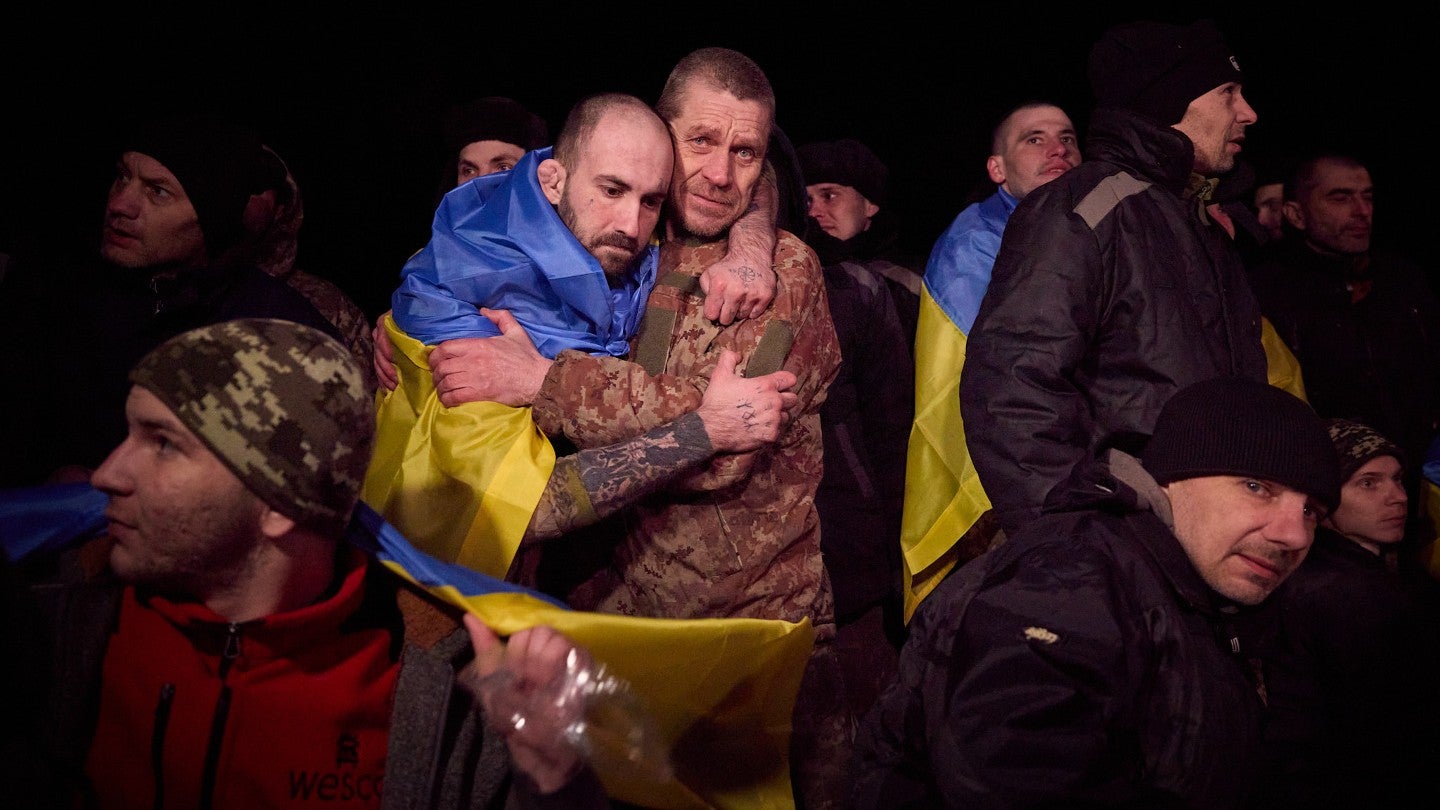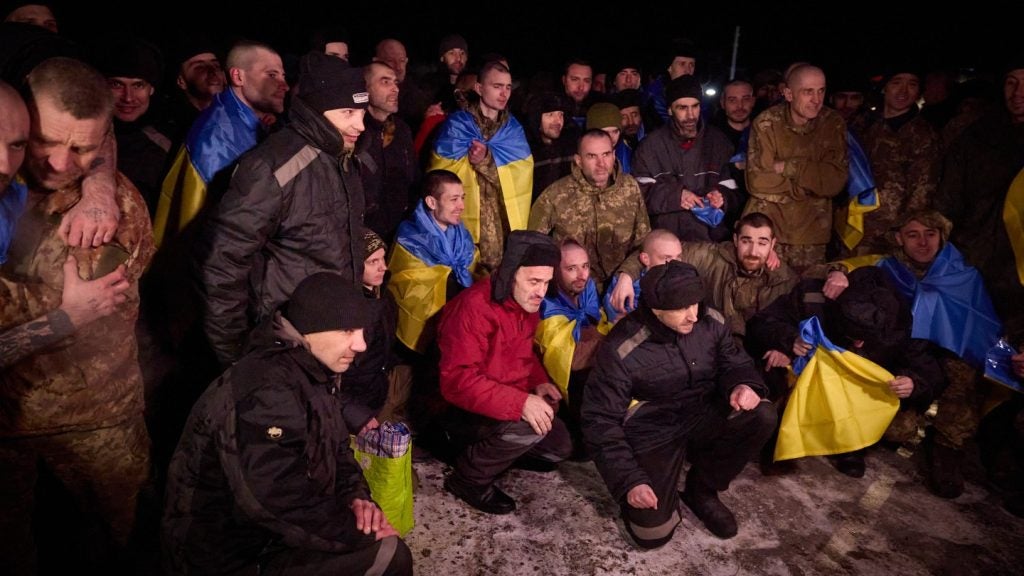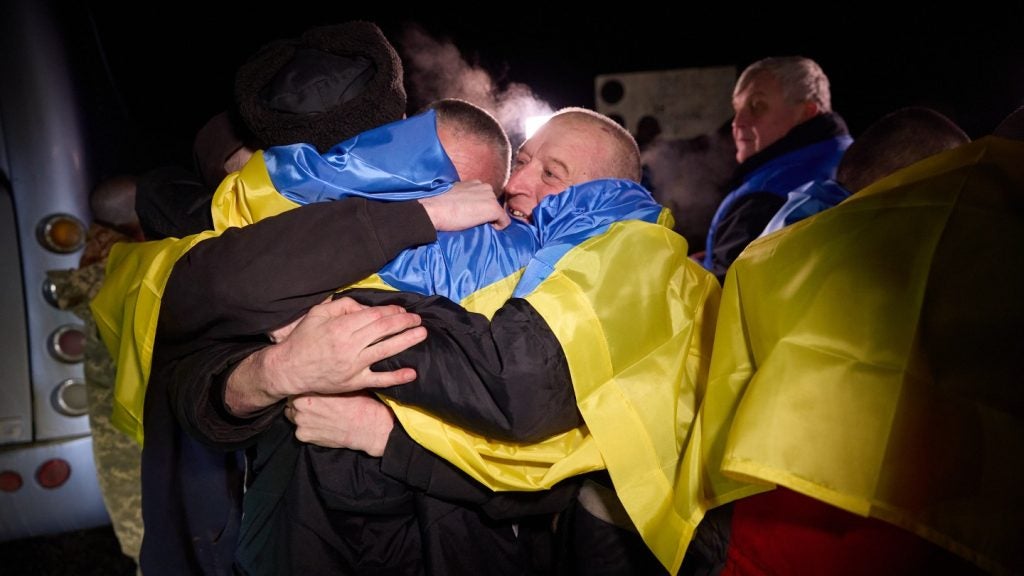
Russia and Ukraine have released more than 200 prisoners of war in the largest mutual hostage exchange since Russi invaded its neighbour nearly two years ago.
The Russian Defence Ministry said 248 of its soldiers had returned safely from Ukraine, while Ukrainian President Volodymyr Zelensky said 224 Ukrainian soldiers and six civilians had been freed from Russian captivity.
“We remember each and every one of our people,” Zelensky said in a post on X (formerly Twitter). “And we must return all of them.”

Kyiv’s human rights ombudsman Dmytro Lubinets said the deal was the 49th prisoner exchange between Russia and Ukraine, in which 2,828 Ukrainians have been freed.
Prior to yesterday (3 January), the most recent exchange was in August.
An Emirati-facilitated deal
Russia’s Defence Ministry said in a statement that the deal was a result of “complex” negotiations involving “humanitarian mediation” by the United Arab Emirates (UAE).
The UAE has been one of few nations to maintain ties with Russia since the invasion of Ukraine in February 2022. Like Turkey, the UAE has positioned itself as a mediator between Moscow and Kyiv.

The UAE’s Ministry of Foreign Affairs said the exchange “affirmed the UAE’s commitment to continuing efforts aimed at finding a peaceful solution to the conflict in Ukraine”.
In a statement, the Ministry reiterated “its position of calling for a diplomatic solution, dialogue and de-escalation”.
Russia’s Ministry of Defence also said yesterday that Ukraine had targeted the western Belgorod region with missiles and drones, killing 12 adults and two children.
It described the attacks as “indiscriminate”, using “two Olkha missiles with cluster submunitions and Czech-made Vampire MLRS projectiles”.
Ukraine’s attack on Belgorod came a day after Moscow launched a major aerial assault on Kyiv and other cities.
Our signals coverage is powered by GlobalData’s Thematic Engine, which tags millions of data items across six alternative datasets — patents, jobs, deals, company filings, social media mentions and news — to themes, sectors and companies. These signals enhance our predictive capabilities, helping us to identify the most disruptive threats across each of the sectors we cover and the companies best placed to succeed.






